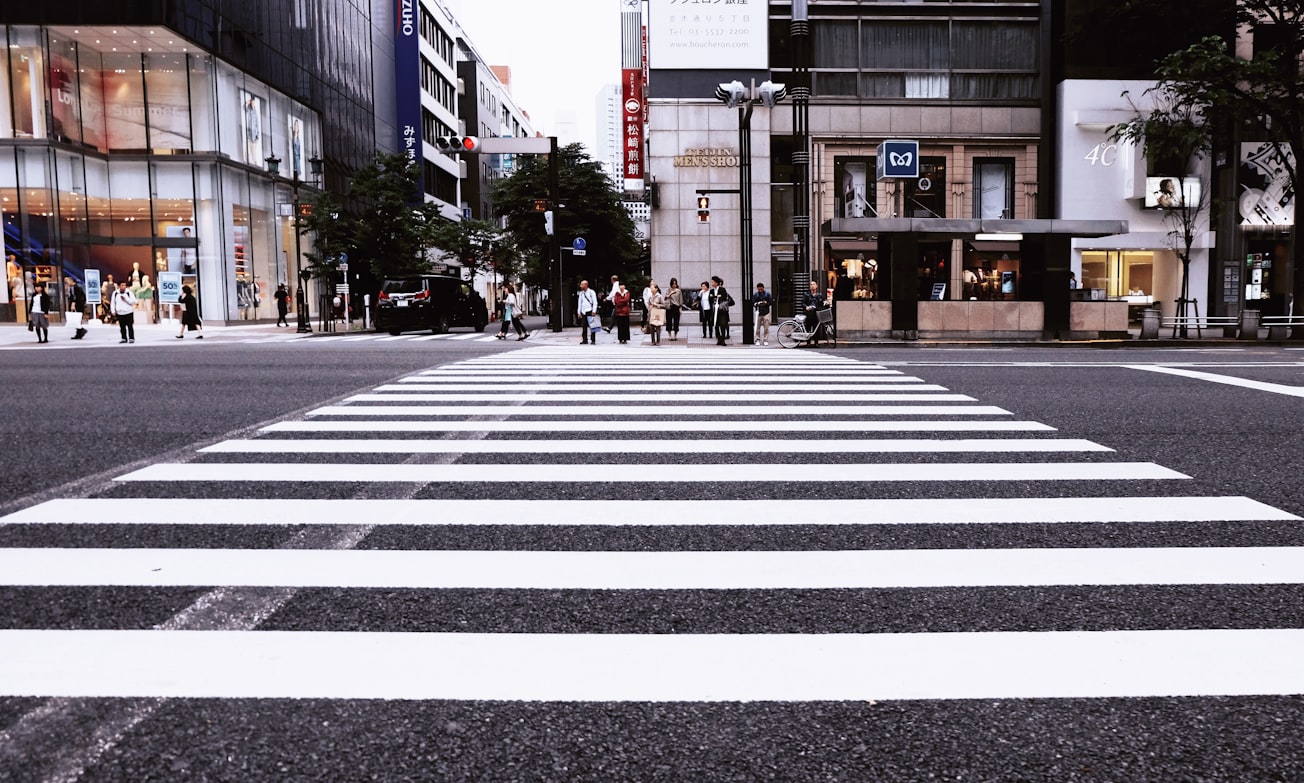What is it about?
The renovation of traditional events to suit contemporary demands carries important benefits for the hosting cities, such as the increase in the number of visitors, and the differentiation of destinations and urban spaces that are apparently similar for potential tourists.
Featured Image

Photo by Daryan Shamkhali on Unsplash
Why is it important?
However, street events attract a considerable number of visitors that are concentrated in a very limited space for a short stay. Especially in historic cities with large number visitors, the so-called tourist-historic cities, events contribute to the commodification of public space, overcrowding, and overuse of certain public spaces and heritage assets during a very short period. Thus, the walkability of this urban area plays a key role in visitors’ satisfaction and experience. This article explores the perceptions of tourists in relation to walkability in the streets of the city center of Oaxaca, Mexico, during the celebration of the Guelaguetza Festival. The city center of Oaxaca was included in UNESCO’s World Heritage List and is one of the most visited urban destinations in Mexico, while the Guelaguetza is the most popular annual event in the city for national and international visitors.
Perspectives

A mixed methodology was developed based on direct observation of tourists walking along the streets of central Oaxaca and the application of a questionnaire. The questionnaire focused on personal aspects and external aspects that affect the desire to walk, such as safety, cleanliness, traffic congestion, and pollution. The results showed relevant differences according to the visitor’s background and allowed to suggest some urban improvements to increase visitors’ satisfaction. Urban design to achieve a more walkable city is closely related to the success of street festivals and should be included in the early stages of an event’s design.
Dr. Daniel Barrera-Fernández
Universidad de Sevilla

A mixed methodology was developed based on direct observation of tourists walking along the streets of central Oaxaca and the application of a questionnaire. The questionnaire focused on personal aspects and external aspects that affect the desire to walk, such as safety, cleanliness, traffic congestion, and pollution. The results showed relevant differences according to the visitor’s background and allowed to suggest some urban improvements to increase visitors’ satisfaction. Urban design to achieve a more walkable city is closely related to the success of street festivals and should be included in the early stages of an event’s design.
Dr. Marco Hernández-Escampa
Universidad Autonoma Benito Juarez de Oaxaca
Read the Original
This page is a summary of: Walkability in the Historic City of Oaxaca, Mexico, Event Management, July 2019, Cognizant Communication Corporation,
DOI: 10.3727/152599519x15506259855689.
You can read the full text:
Resources
Contributors
The following have contributed to this page







